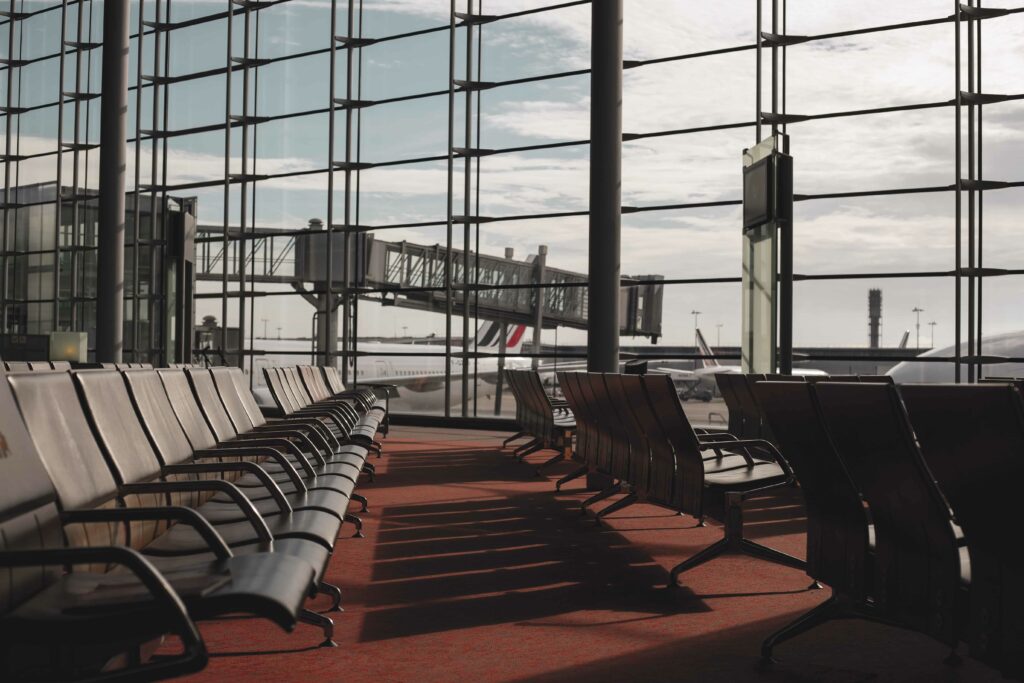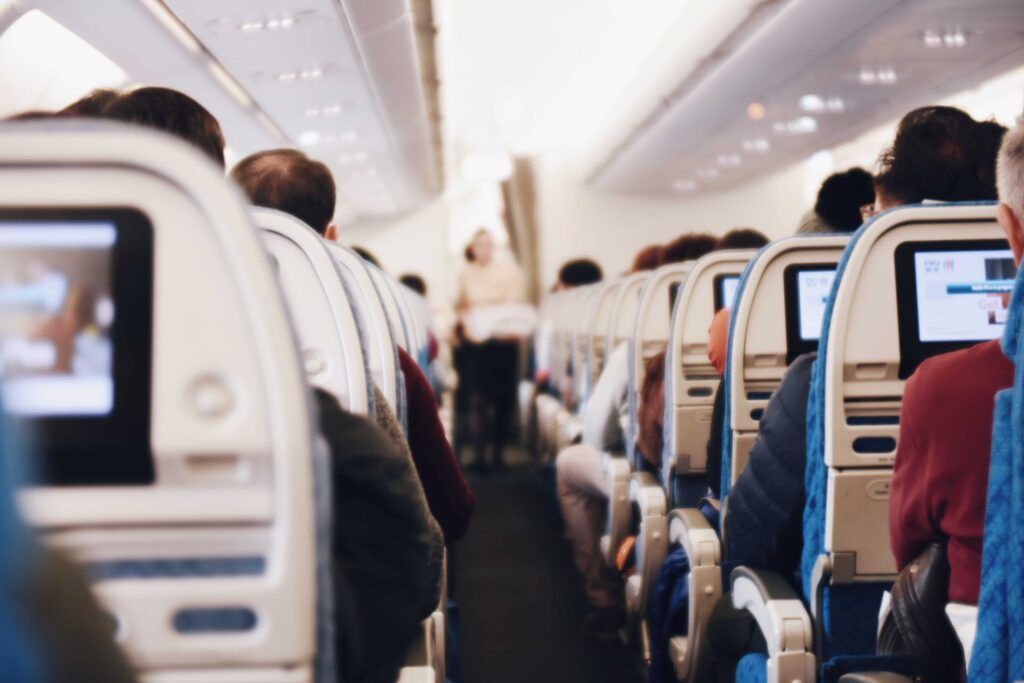Who foots the bill?
In this opinion piece Juan Montero, Professor at the Transport Area of the Florence School of Regulation and UNED (Madrid), shares his reflections on the crucial question of who should foot the bill for the greening of airports.
This opinion piece by Juan Montero, Professor at the Transport Area of the Florence School of Regulation and UNED (Madrid), originally appeared in the European Transport Regulation Observer ‘The Role of Airports in the European Green Deal‘ (January 2021).
Greening projects do not always entail an increase in infrastructure operating costs. Some projects reduce emissions just by increasing efficiency. This is the case of more direct air routes. Some projects might require a large initial investment but they bring a long term return. This seems to be the case of thermal insulation of buildings (including airport terminals) and also of electric vehicles. Even if these projects do not increase costs in the long term and may, in fact, result in lower operational costs, the challenge will be the financing of their higher upfront costs in the short term.
However, reducing emissions will often require an investment which increases airports’ operating costs. In these cases, it is necessary to decide how to distribute this new cost across the aviation ecosystem: public authorities, airport managers, airlines, passengers, etc. Furthermore, it is necessary to ensure productivity in this kind of investment, identifying the right priorities and promoting the most efficient technology and the most efficient solutions to reach the emission reduction objectives.
The crucial question is who should foot the bill for the greening of airports. The trend over the last decades has been to pass the infrastructure cost to the infrastructure users, reducing the share of the burden on public authorities and tax payers. In the case of airports, the immediate users are the airlines, and the indirect users are the passengers (and also the cargo shippers).
This principle seems valid also for greening costs, following the ‘polluter pays’ principle and the overall policy to internalise external costs. Airports’ investment to reduce emissions would be passed to airlines in the form of higher airport charges. Such charges would then be passed to passengers and shippers in the form of higher fares.
However, the case for state funding seems strong in some particular cases and at least, to partial extent, also for more profitable airports. Airports with weak business cases but general interest objectives (islands, remote areas, regional airports) might require state funding to green their infrastructure and operations. Even larger airports might struggle to fund investments that do not improve their business case in terms of increasing capacity or improving facilities for passengers. State funding would accelerate investment and ensure the earliest effective reduction of emissions.
Funds are available in the European Union for decarbonisation, particularly in the framework of the post-COVID-19 Recovery Fund. The greening of airports seems particularly well-suited to attract funds. These are the kind of projects that the EU and the Member States want to finance to reduce emissions and incentivise economic activity and growth.
A further challenge will be to ensure investment in the right projects, namely, those that increase productivity while effectively reducing emissions, particularly in a fragmented and complex ecosystem with numerous actors, as is the case of aviation and airports.
Overinvestment in infrastructure to be operated under exclusive rights or under limited competition is a well-known criticism in aviation. The existing regulatory framework provides instruments for airport managing bodies to justify the need of investment, and for the airlines to contest the airports’ plans. Directive 2009/12/EC on airport charges imposes on airport managing bodies the obligation to consult with airport users before plans for new infrastructure projects are finalised (Article 8). A consultation process is defined in the Directive (Article 6). As described in the Directive ‘It is vital for airport users to obtain from the airport managing body, on a regular basis, information on how and on what basis airport charges are calculated. Such transparency would provide air carriers with an insight into the costs incurred by the airport and the productivity of an airport’s investments. To allow an airport managing body to properly assess the requirements with regard to future investments, the airport users should be required to share all their operational forecasts, development projects and specific demands and suggestions with the airport managing body on a timely basis’.
The emission reduction objectives require new types of projects, deploying new technologies and new solutions. The application of the traditional regulatory instruments might require a refinement to identify priorities and guarantee the productivity of an airport’s investment. The ongoing works on taxonomy to measure emissions and to gain a better understanding of specific technologies and solutions to reduce emissions are preconditions to justify the objectivity, proportionality and productivity of the investment plans. Greening should not be inefficient, or a justification for non-necessary investment.
The definition of the right incentives requires to take into consideration the complex ecosystem around airports. For instance, ground handling companies are subject to contracts with airports to deploy their facilities and services, and then to contracts with airlines to charge for their services. Both contracts have to be coordinated so ground handling companies have the financial resources and the incentives to reduce emissions.







